Cultural identity forms the backbone of any community, defining its values, traditions, and collective memory. The Cachoeiro de Itapemirim Intangible Heritage Safeguarding Association plays a remarkable role in preserving and promoting the vibrant intangible heritage of Cachoeiro de Itapemirim, located in the state of Espírito Santo, Brazil. Established to uphold long-standing traditions, this non-profit organization works tirelessly to ensure that folkloric customs, traditional performances, and community rituals remain alive across generations. With its strong membership base and deep commitment to heritage education and dissemination, the Association stands as a beacon of cultural continuity in modern Brazilian society.
Who We Are
The Cachoeiro de Itapemirim Intangible Heritage Safeguarding Association operates as a private, non-profit civil society organization, rooted in the heart of the municipality of Cachoeiro de Itapemirim.
- Foundation: The organization originated on November 28, 2001, under the name Folklore Association of the Municipality of Cachoeiro de Itapemirim.
- Purpose: The initial objective was to safeguard traditional folklore practices and intangible heritage linked to the region’s cultural groups.
- Transformation: On December 11, 2021, the association modernized its bylaws and adopted its current name to align with federal legislation on Brazilian intangible heritage preservation.
- Current Strength: The Association proudly consists of 22 associated intangible heritage groups (Full Members) and 8 collaborating members, including researchers who actively contribute to the organization’s initiatives.
Mission Statement: The Association’s mission is to preserve Cachoeiro’s intangible heritage through educational outreach, cultural dissemination, and safeguarding activities that strengthen intergenerational knowledge transfer.
Overview: Organizational Details
| Aspect | Details |
|---|---|
| Name | Cachoeiro de Itapemirim Intangible Heritage Safeguarding Association |
| Type | Private, non-profit civil society organization |
| Founded | November 28, 2001 |
| Headquarters | Cachoeiro de Itapemirim, Espírito Santo, Brazil |
| Updated Name & Bylaws | December 11, 2021 |
| Full Members | 22 Intangible Heritage Groups |
| Collaborating Members | 8 Researchers and Supporters |
| Mission | To preserve and promote Cachoeiro’s intangible heritage through education, research, and cultural dissemination |
Our History
The Association’s history reflects two decades of perseverance and cultural stewardship. Each stage represents a milestone in strengthening the safeguarding of Brazil’s intangible traditions.
2000–2001: The Foundation Period
- Formation of the original Folklore Association by local tradition bearers.
- Establishment of a framework to promote folklore-based cultural expressions.
- Collaboration among community leaders and heritage enthusiasts.
2002–2007: The Expansion Years
- Inclusion of new traditional groups and community performers.
- Launch of small-scale educational workshops in schools.
- Participation in local festivals and heritage exhibitions.
2008–2014: The Consolidation Phase
- Growth in membership and recognition at regional cultural events.
- Initiation of heritage documentation projects and oral history recordings.
- Establishment of partnerships with researchers and cultural institutions.
2015–2023: The Modernization Era
- Formal transformation into the Cachoeiro de Itapemirim Intangible Heritage Safeguarding Association.
- Bylaw modernization to ensure compliance with federal cultural heritage laws.
- Increased use of digital platforms for dissemination and educational outreach.
Associated Groups
The heart of the Association lies in its 22 Full Member groups, representing diverse traditions such as Capoeira, Caxambu, Samba de Roda, Maculelê, Folia de Reis, and Boizinho Tsunami. These groups embody the spirit and rhythm of Cachoeiro’s cultural identity.
Full Members Overview
| Category | Groups Represented |
|---|---|
| Arrows of Saint Sebastian | Arrows of Saint Sebastian – Alto Paulista/Jacu; Saint George – Rui Pinto Bandeira; Saint George Warrior – Zumbi; Baby Jesus and Our Lady of Aparecida – Zumbi |
| Painted Ox (Boizinho Tsunami) | Boizinho Tsunami; Boa Vista Tsunami |
| Capoeira | Agogô Capoeira Group of N'zambi; Liberation Capoeira Group; Mocambos Capoeira Group; “A Capoeira” Group; Navio Negreiro Capoeira Group; Capoeira Group Children of the Princess of the South |
| Caxambu | Old Rita’s Caxambu – Zumbi; Caxambu Joy of Living – Vargem Alegre; Caxambu Santa Cruz – Monte Alegre |
| Saint Sebastian’s Charolais | Saint Sebastian’s Charolais – Alto Paulista/Jacu |
| Three Kings’ Day Celebrations | Three Kings’ Day, Santa Luzia – São Vicente; Three Kings’ Day, Divine Mission – Burarama; Folia de Reis Divine Message – Pedra Lisa/Jacu; Three Kings’ Day Folia Guia Star – Burarama; Folia Star of the Sea – Zumbi |
| Maculelê | Agogô Capoeira Group of N’zambi; Liberation Capoeira Group; Mocambos Capoeira Group; “A Capoeira” Group; Navio Negreiro Capoeira Group |
| Net Pull & Quadrille (Gang) | Agogô Capoeira Group of N’zambi; Boa Vista Tsunami Quadrille – Boa Vista |
| Samba de Roda | Agogô Capoeira Group of N’zambi |
Each group upholds traditional dances, music, and rituals inherited from generations past, contributing uniquely to Cachoeiro’s cultural mosaic.
Collaborating Partners and Masters
The Collaborating Members comprise researchers and cultural advocates who aid in documentation, event organization, and academic studies. Meanwhile, the Masters represent the living memory of the community—artists and practitioners who carry forward ancestral wisdom.
Notable Masters
| Name | Contribution/Recognition |
|---|---|
| Adevalmira Adão Felipe (Cumadi Ilinha) | Promoter of local traditional music and rituals |
| Adílio Quirino da Silva | Preserver of the “Arrows of Saint Sebastian” traditions |
| Aldeci Gomes da Silva (Falcon) | Skilled percussionist and teacher of Capoeira rhythms |
| Bruno Fajardo Lima | Researcher and performer dedicated to Caxambu |
| Canuta Caetano (Canutinha) | Remembered for folkloric dance preservation (in memoriam) |
| Carlos Ronaldo Caitano | Leader of “Samba de Roda” cultural performances |
| Hildo Caitano (Don Gildo) | Esteemed heritage advocate (in memoriam) |
| Luzia Caetano | Renowned for traditional singing (in memoriam) |
| Paulo Henrique Silva Monteiro (Paulinho) | Cultural instructor promoting youth involvement |
| Therese of Jesus de Oliveira Francisco | Custodian of Three Kings’ Day rituals |
These masters act as cultural educators and transmitters of oral traditions, ensuring that future generations remain connected to their roots.
Key Activities and Initiatives
- Cultural Education: Conducting training sessions and lectures in schools to introduce children to traditional art forms.
- Community Engagement: Organizing events that bring together multiple groups for shared performances.
- Documentation Efforts: Recording oral histories and filming performances for digital archives.
- Collaborative Research: Partnering with universities and cultural organizations to study the evolution of local folklore.
- Public Awareness: Promoting heritage understanding through exhibitions, YouTube content, and social media outreach.
Digital Presence and Public Accessibility
The Association promotes open access to cultural knowledge, making its research and imagery available to all.
| Platform | Purpose |
|---|---|
| Sharing event highlights and group stories | |
| LinkTree | Centralized access to all digital resources |
| YouTube | Educational videos and performance archives |
| Direct contact for research, permissions, or media requests |
The Association’s website serves as a free educational resource, encouraging students, researchers, and the general public to engage with heritage materials responsibly, provided the source is cited.
Impact and Future Vision
- Preservation Goals: Focus on increasing digital documentation, strengthening master-apprentice relationships, and expanding public events once funding allows.
- Cultural Sustainability: The organization ensures that intangible traditions continue despite modernization pressures.
- Youth Involvement: Younger generations are trained to perform, manage, and protect their cultural expressions.
- Global Recognition: Continuous efforts are made to have Cachoeiro’s practices recognized nationally and internationally as vital components of Brazilian heritage.
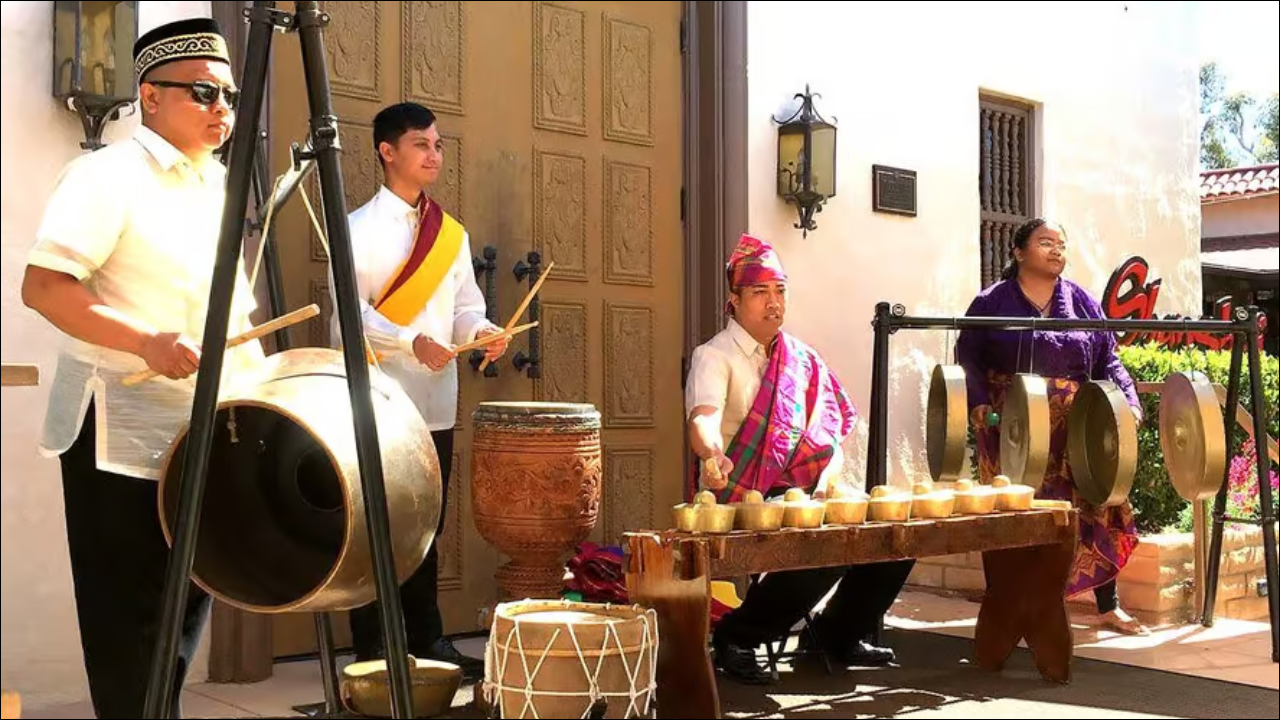
Music Ensembles and Traditional Instruments – Cachoeiro de Itapemirim
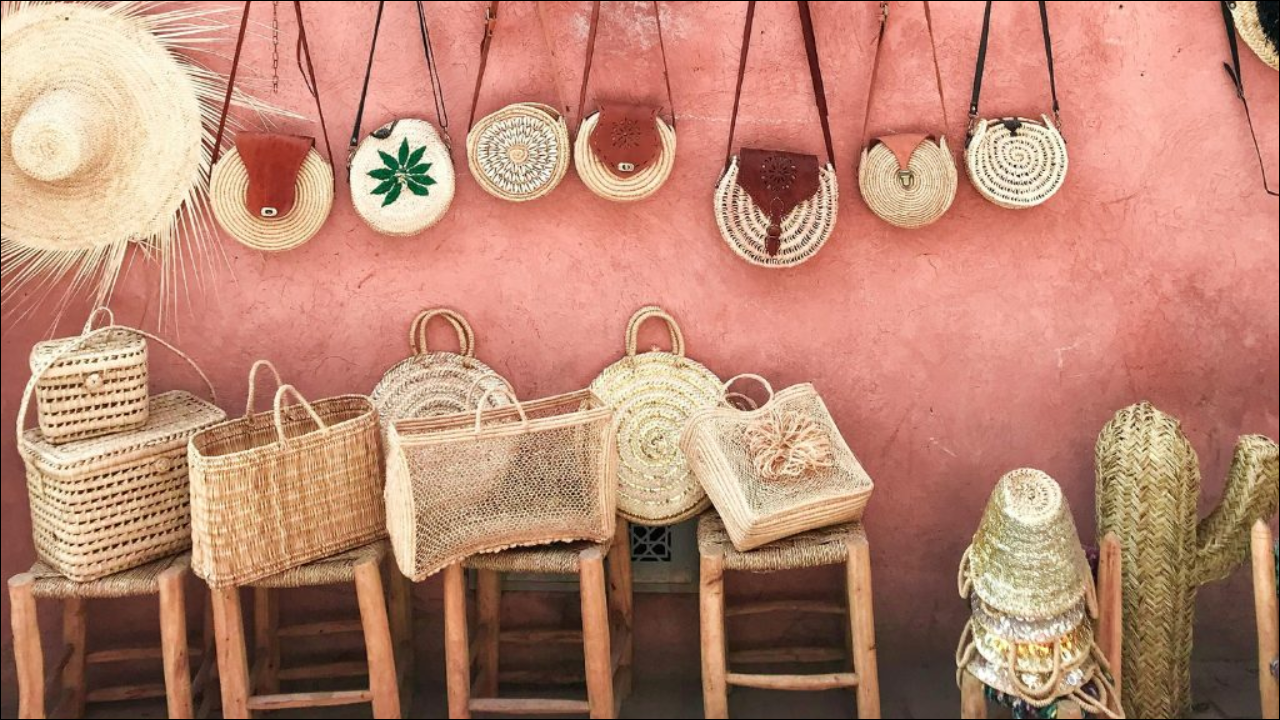
Sustainable Practices in Preserving Heritage Crafts
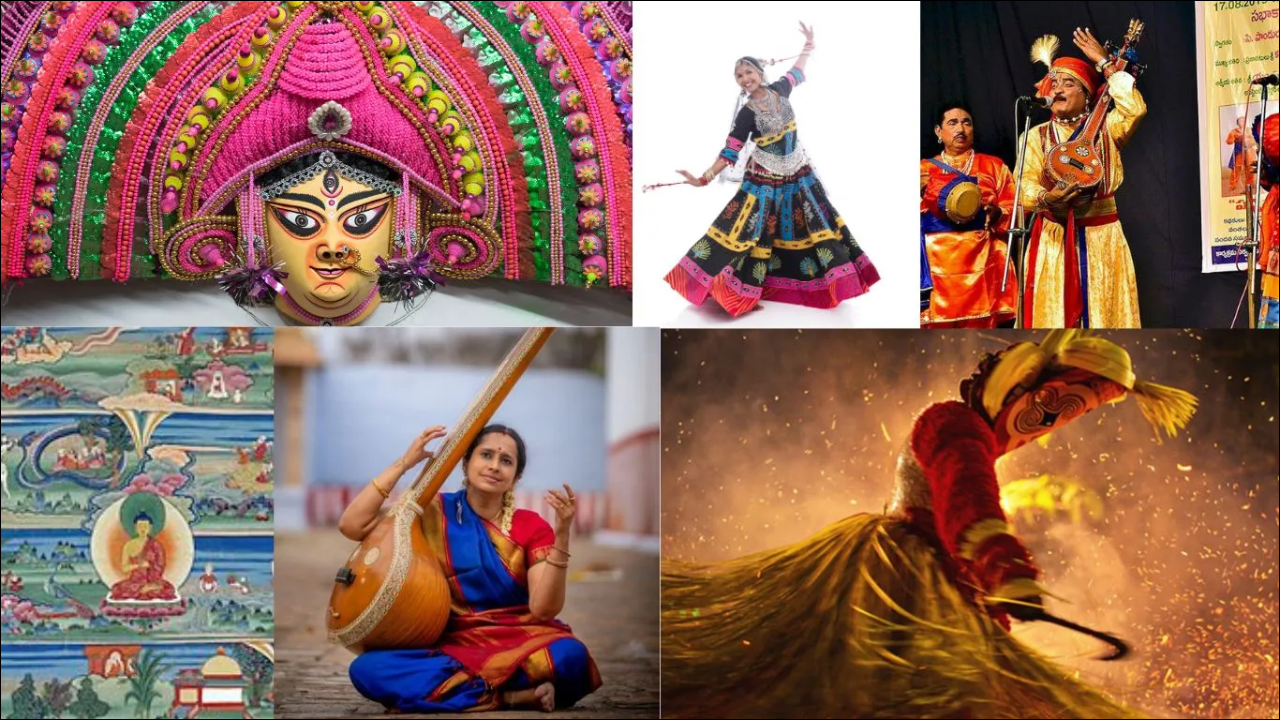
Documentation Of Local Folklore And Legends
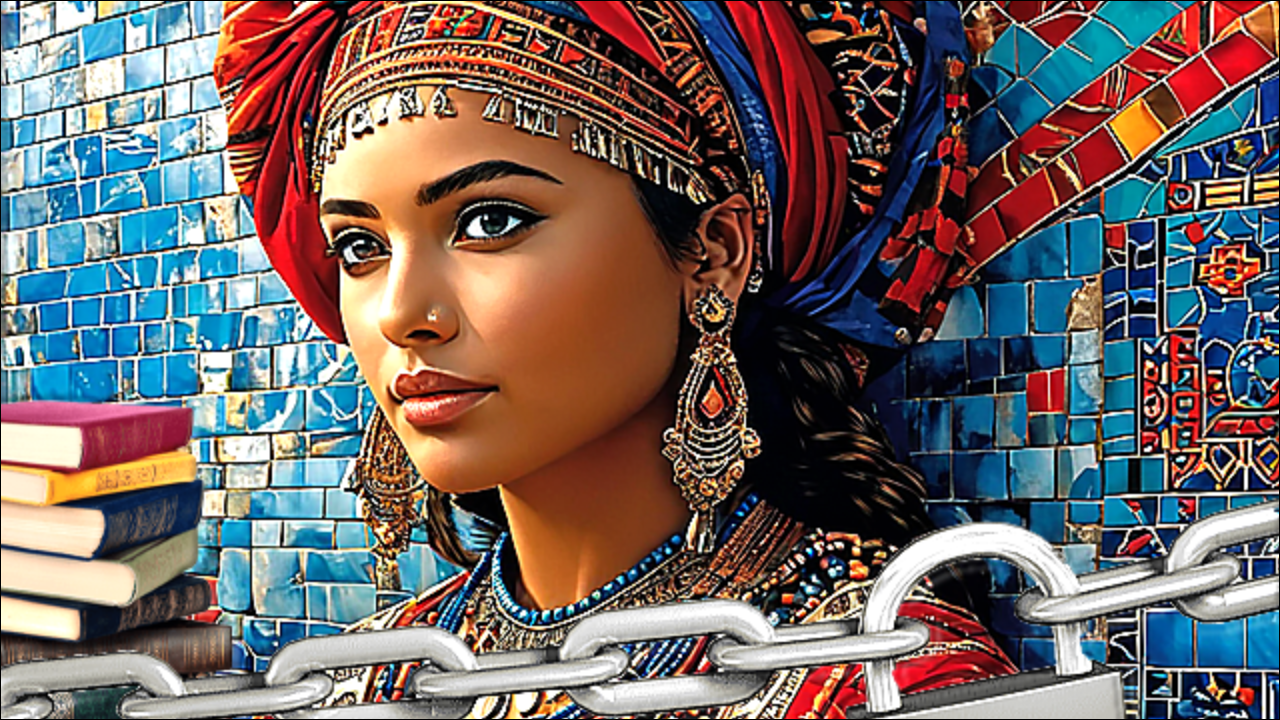
Impact of Modernization on Intangible Heritage
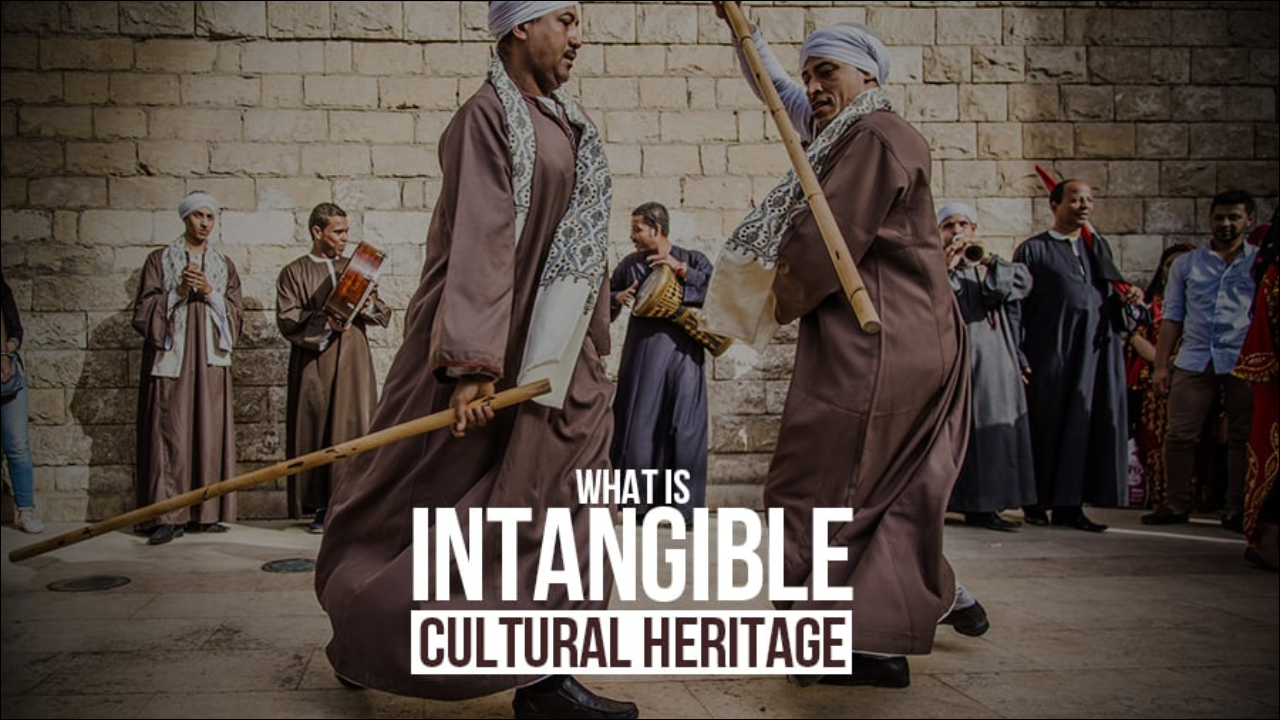
Media Campaigns To Raise Awareness About Intangible Heritage
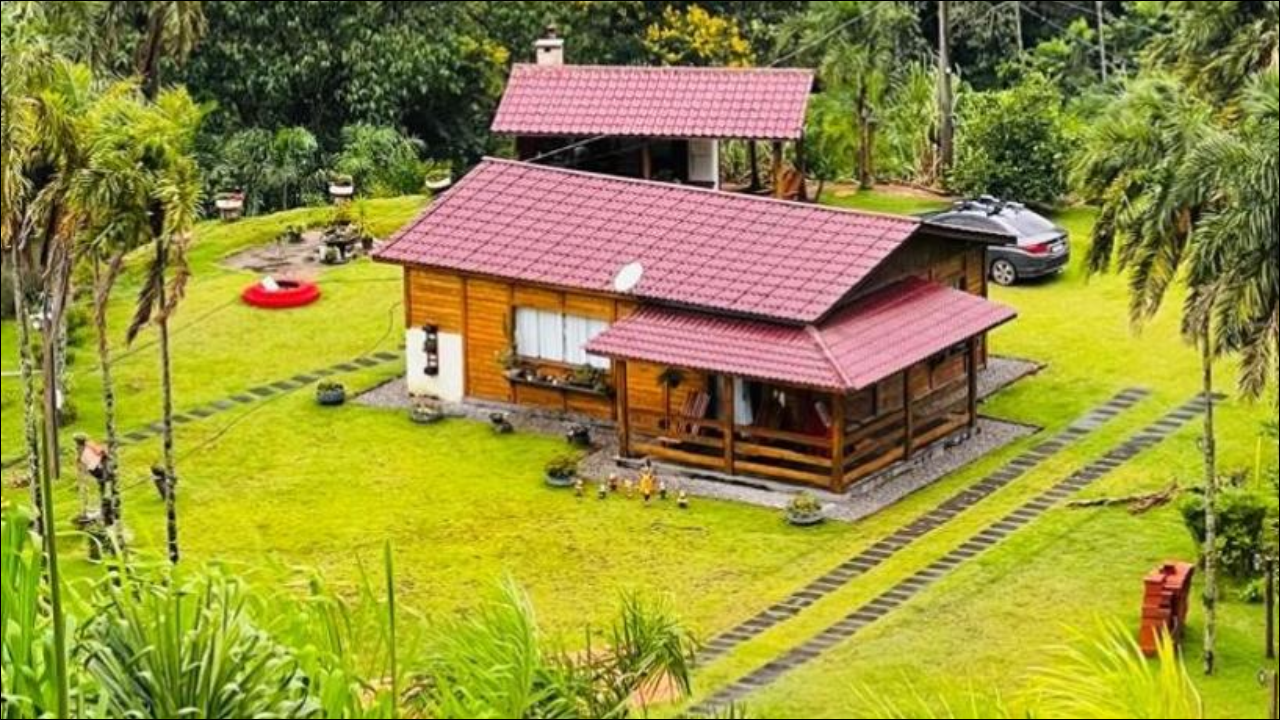
Traditional Culinary Heritage of Cachoeiro de Itapemirim

Partnerships with Local Schools and Educational Programs

Evaluation Of Heritage Preservation Programs’ Effectiveness
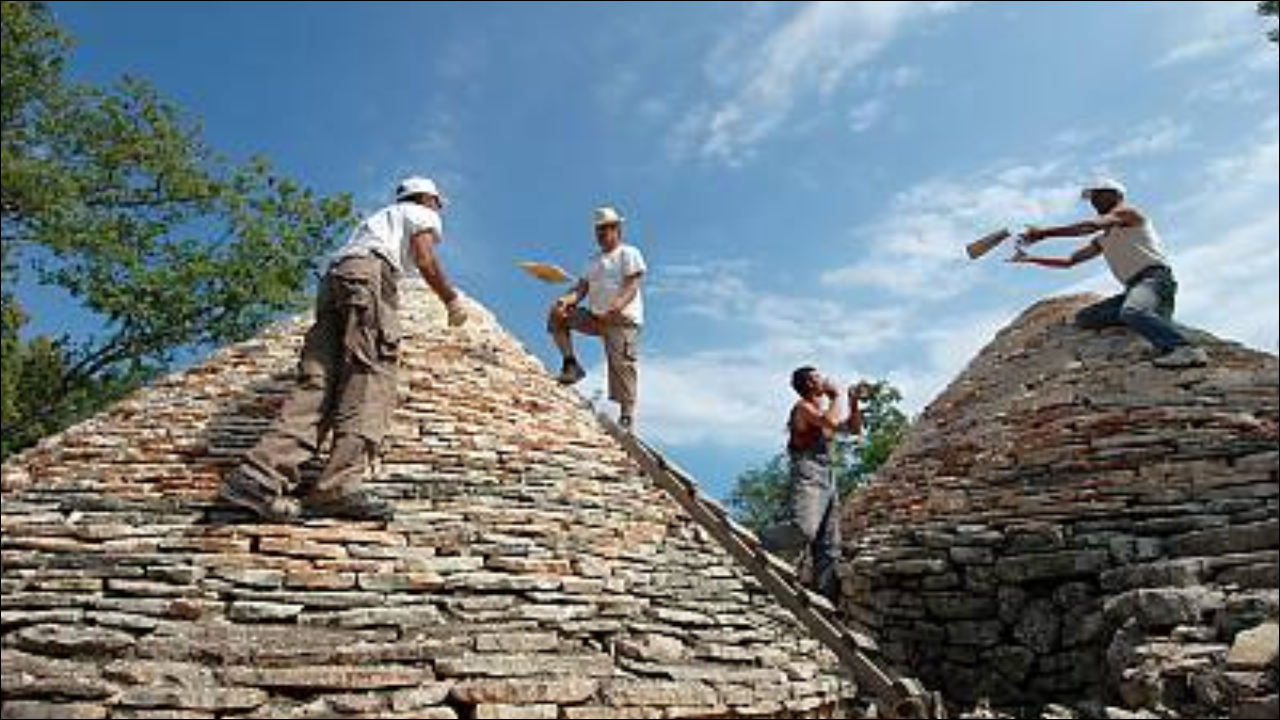
Government Support and Policies for Heritage Safeguarding – Cachoeiro de Itapemirim
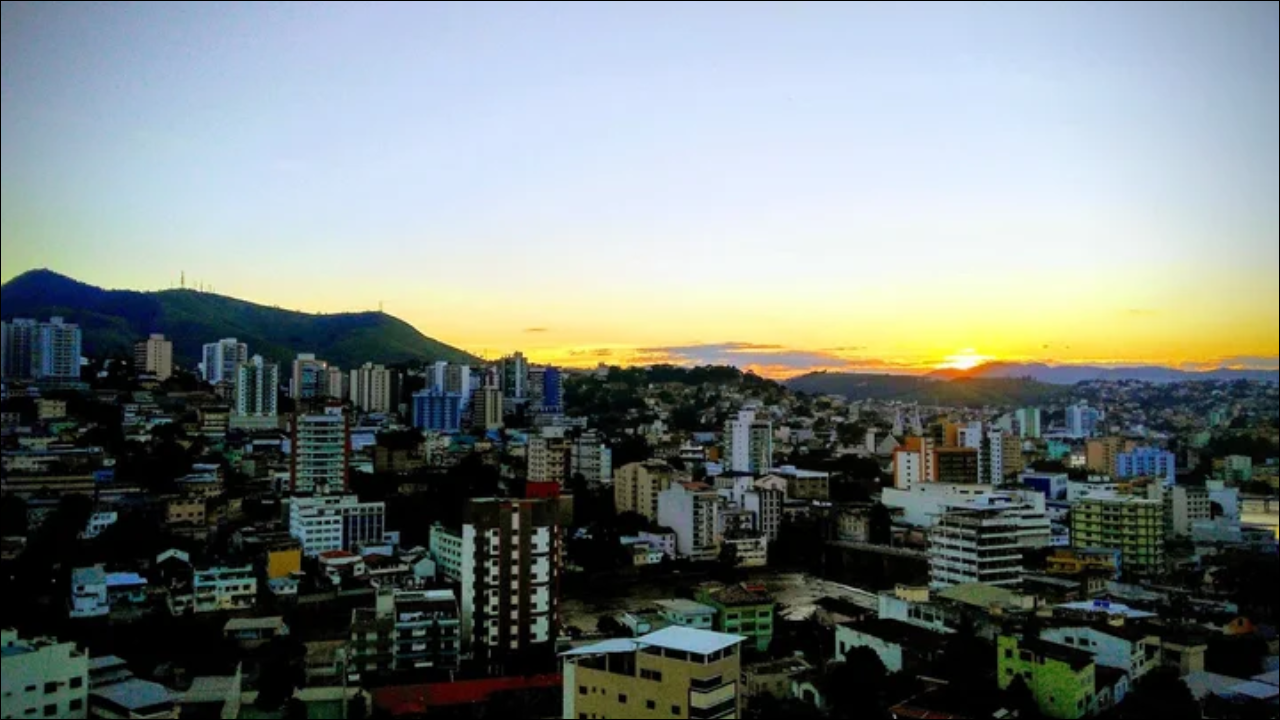
Cachoeiro de Itapemirim Association’s Role in Promoting Cultural Tourism
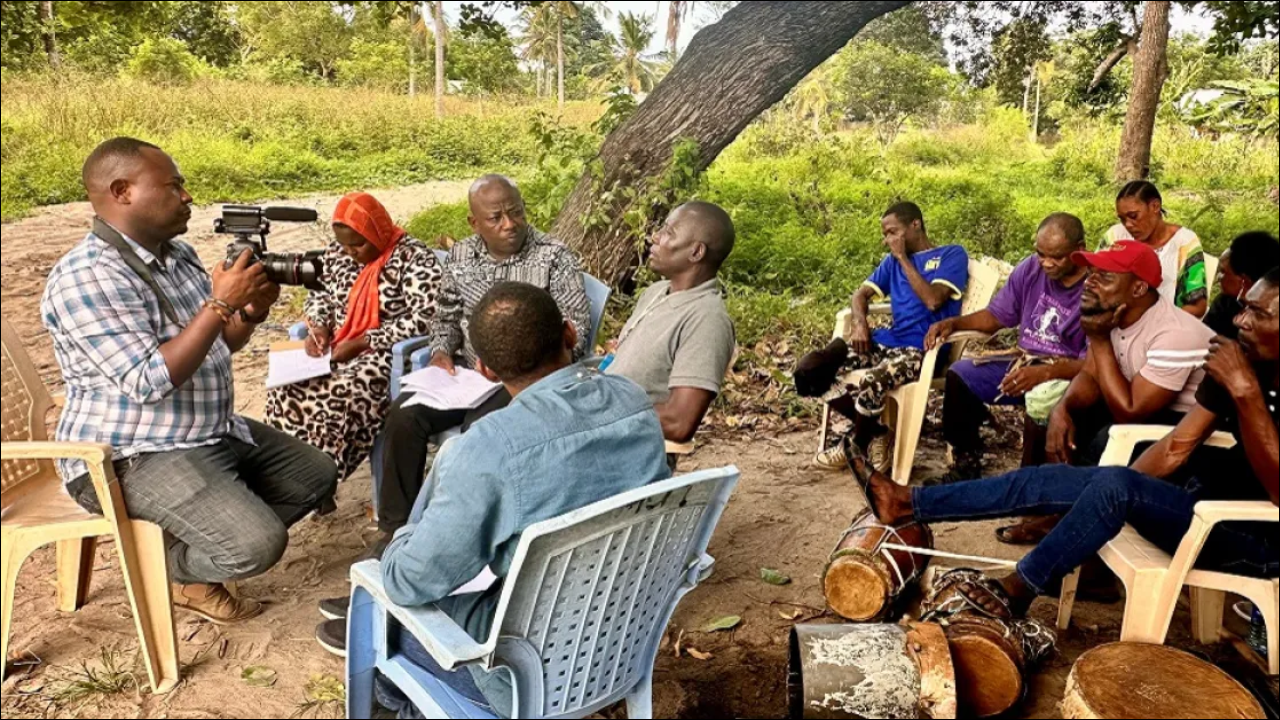
Community Engagement in Safeguarding Intangible Heritage – Cachoeiro de Itapemirim

